Frequency range: 26.5- 28MHz SWR: ≤1.2:1 Max. power: 35W continuous 250W Short time Bandwidth at S.W.R. 2:1: 1900KHz Impedance: 50ohm Whip length: 1200mm Adjustment: 0~90° Cable Length: RG58/157" Po...
See DetailsWhere to Position a CB Antenna for Maximum Range?
For CB radio users, achieving the clearest signal and longest possible range is paramount. While antenna quality and proper tuning are crucial, antenna placement is often the decisive factor. Strategic positioning leverages fundamental radio wave propagation principles, significantly impacting your communication reach.
The Core Principles: Height and Ground Plane
Two fundamental physics concepts govern CB antenna effectiveness:
-
Height is Might: VHF/UHF signals (including CB's 27 MHz band) primarily travel via line-of-sight. The higher your antenna, the farther the horizon extends, and the fewer obstacles block the signal path. Elevation reduces ground absorption and interference.
-
Ground Plane Essential: A CB antenna, particularly a quarter-wave whip (the most common mobile type), relies on a conductive surface beneath it – the "ground plane" – to function correctly. This plane acts as a counterpoise, reflecting signals upwards and creating the antenna's optimal radiation pattern. Without an adequate ground plane, efficiency plummets, range suffers, and Standing Wave Ratio (SWR) becomes difficult to tune.
Mobile Installation: Vehicle-Specific Positioning
-
Center of the Roof: This is generally considered the optimal location for mobile installations.
-
Pros: Highest point on the vehicle, providing maximum line-of-sight. The large, continuous metal roof offers the most symmetrical and effective ground plane. Results in the best overall omnidirectional radiation pattern and lowest SWR potential.
-
Cons: May not be practical for vehicles with sunroofs, roof racks, or frequent low-clearance driving (garages). Visibility can be an issue.
-
-
Trunk Lid or Rear Quarter Panel: A common alternative, especially for cars.
-
Pros: More practical than roof mounting, still reasonably high. The trunk lid and adjacent body panels can form a functional, though less ideal, ground plane.
-
Cons: Ground plane is smaller and less symmetrical than the roof, slightly reducing efficiency. Radiation pattern becomes slightly directional (favoring front/back). Requires careful grounding to the vehicle body. Performance can be impacted by trunk contents.
-
-
Bed Rail or Toolbox (Pickup Trucks): Popular for trucks.
-
Pros: Keeps the antenna high and clear of the cab. Easier access than roof mounting.
-
Cons: The ground plane is primarily the truck bed, which is often smaller than the cab roof and not directly connected electrically. Requires robust grounding straps between the bed and cab frame to establish an adequate ground plane. Performance generally lags behind a centered roof mount.
-
-
Mirror Mounts (Large Trucks/RVs): Often used on large vehicles.
-
Pros: Very high placement, excellent line-of-sight over the cab. Keeps antenna away from the main body.
-
Cons: The ground plane is extremely poor at that location. Mounts must be very well-grounded to the vehicle frame. Radiation pattern becomes highly directional (strongest perpendicular to the mirror arm). Requires meticulous installation and tuning.
-
-
Front Bumper/Hood: Generally not recommended.
-
Cons: Very low height, significantly reducing line-of-sight. Extremely poor ground plane. Prone to damage and excessive engine interference. Severely compromises range and performance.
-
Critical Considerations for Any Position
-
Ground Plane Connection: Regardless of location, a low-resistance electrical bond between the antenna mount and the vehicle's chassis/frame is absolutely critical. Use heavy-gauge wire or braided strap, clean all contact points to bare metal, and keep the path as short and direct as possible.
-
Clearance from Obstructions: Position the antenna as far away as practical from large vertical metal objects (like roll bars, light bars, or other antennas) and horizontal obstructions (like roof racks). These distort the radiation pattern and cause signal reflections, increasing SWR and reducing effective radiated power. Maintain at least several feet of clearance if possible.
-
Vertical Orientation: Ensure the antenna is mounted as vertically as possible. Tilting significantly alters the radiation pattern away from the horizontal plane needed for ground wave communication.
-
Tuning (SWR) is Paramount: After final installation in your chosen location, you must tune the antenna using an SWR meter. Optimal placement minimizes SWR, but fine-tuning the antenna length (or using a tuning tip) is essential to achieve the lowest possible SWR (ideally below 1.5:1, certainly below 2:1) across your desired channels. High SWR reflects power back to the radio, drastically reducing transmitted power and potentially damaging the radio.
Base Station Considerations
For base stations, the principles remain the same: height and a good ground plane system are key.
-
Height: Mount the antenna on a mast as high above ground and surrounding obstructions (buildings, trees) as safely and legally possible.
-
Ground Plane: Use ground plane kits (radials) designed for base antennas. These radial wires simulate the vehicle body. Proper grounding for lightning protection is also essential.

 English
English Español
Español
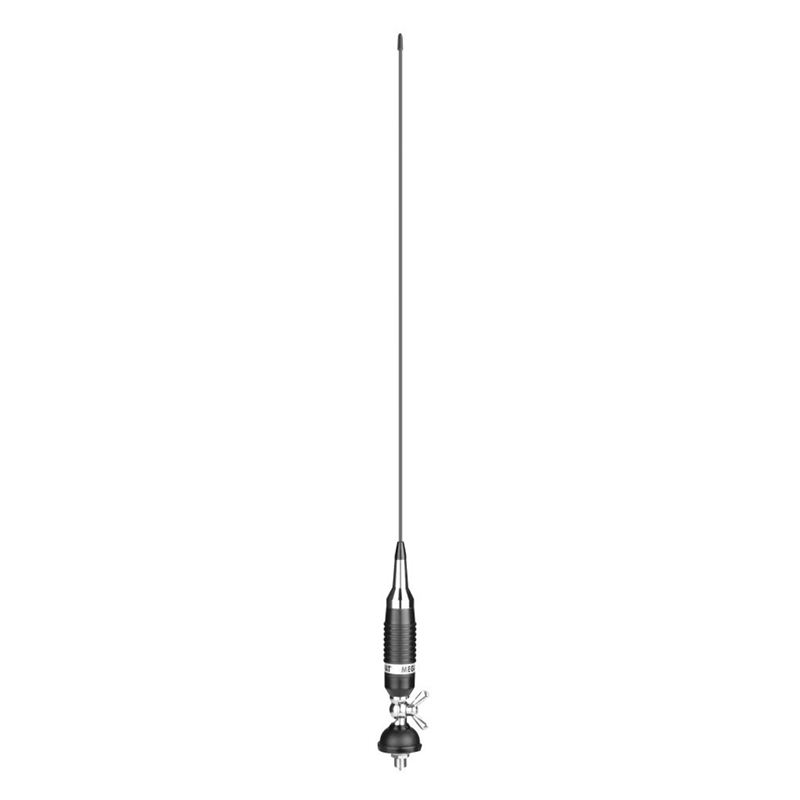
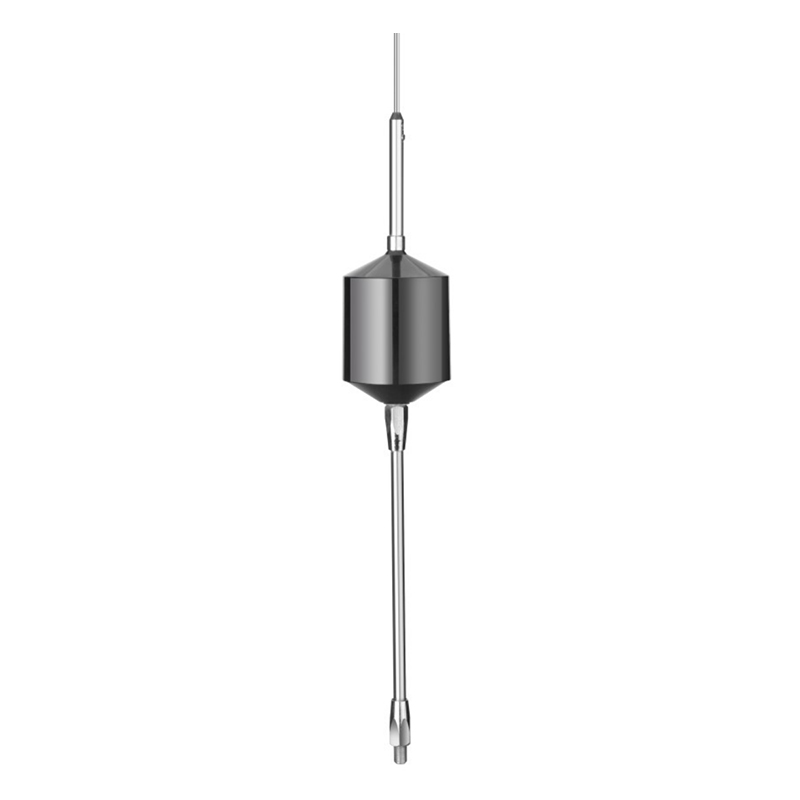
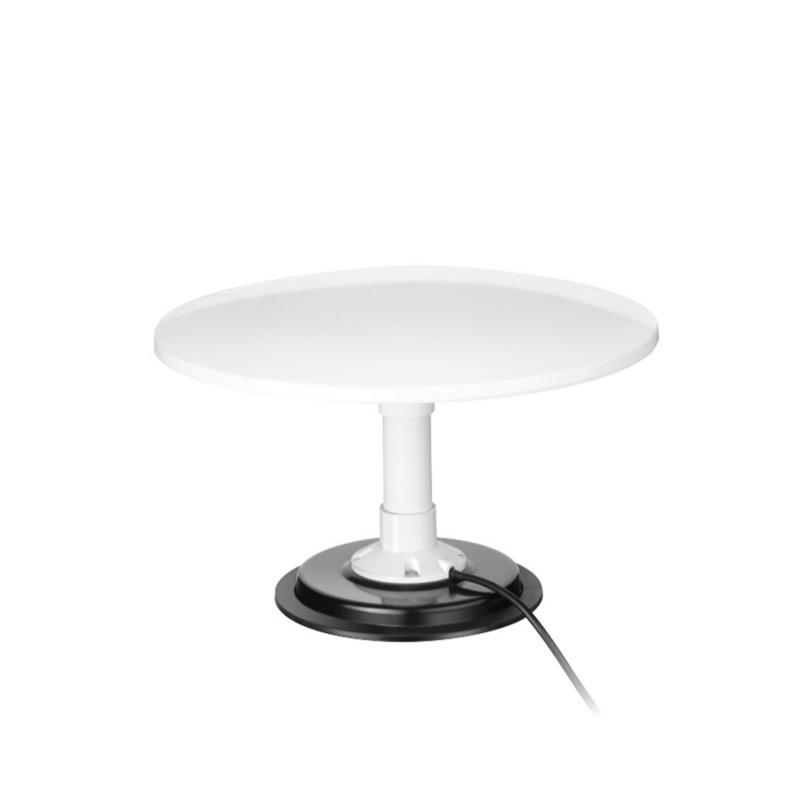
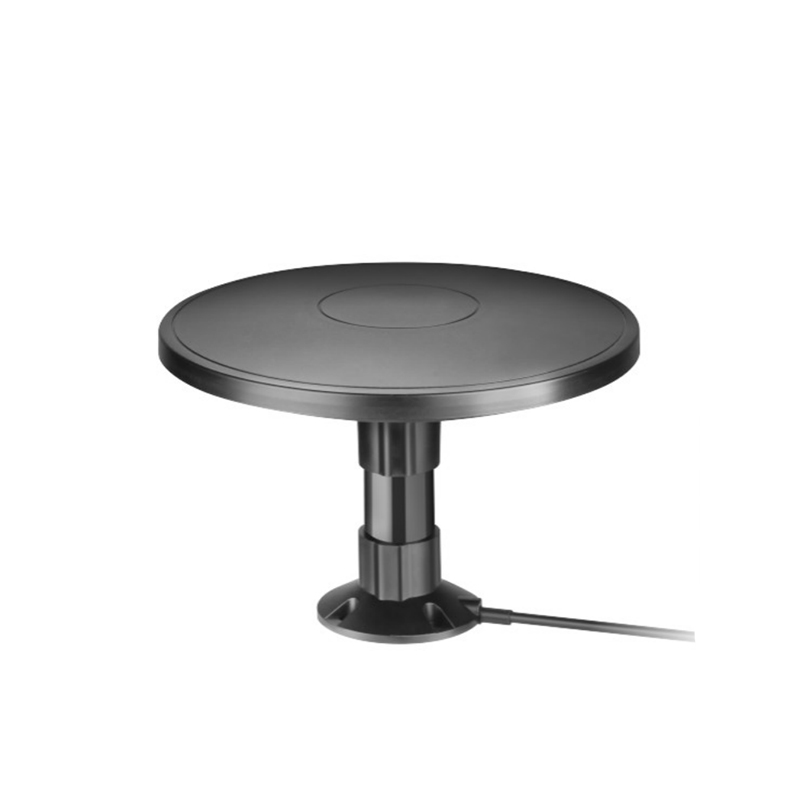
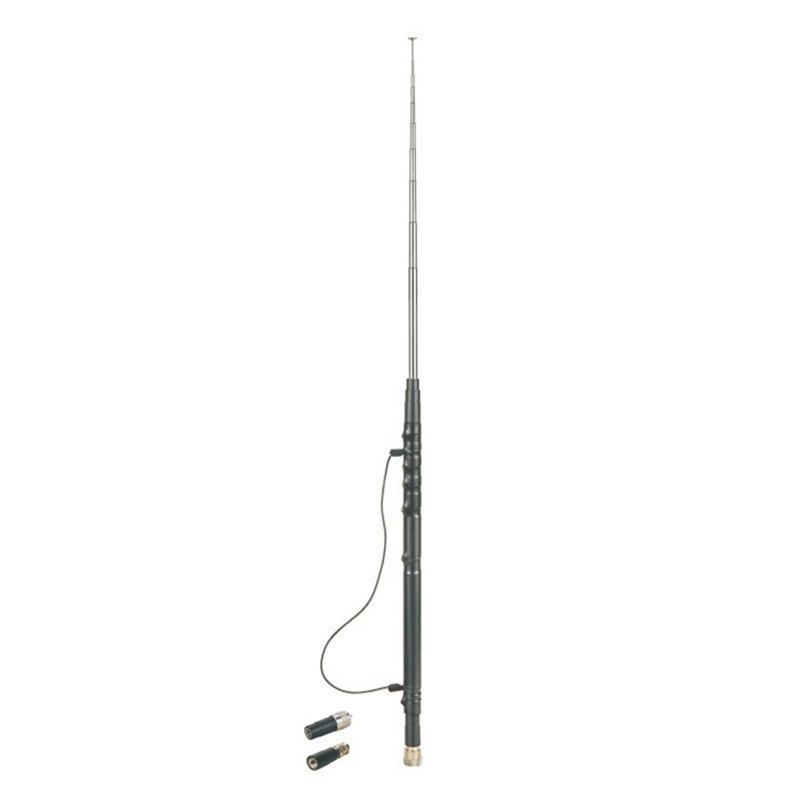
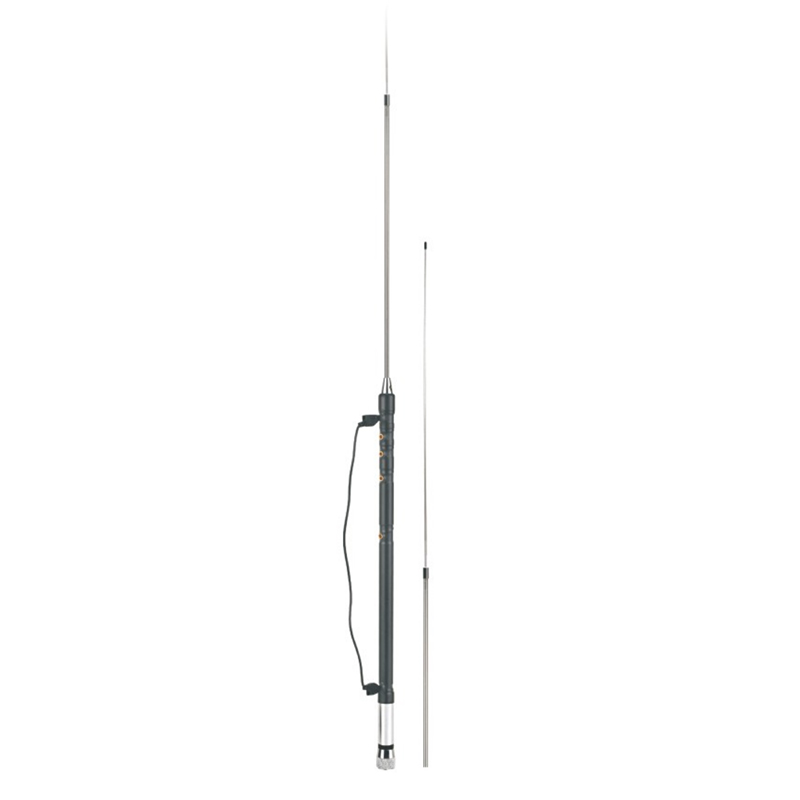
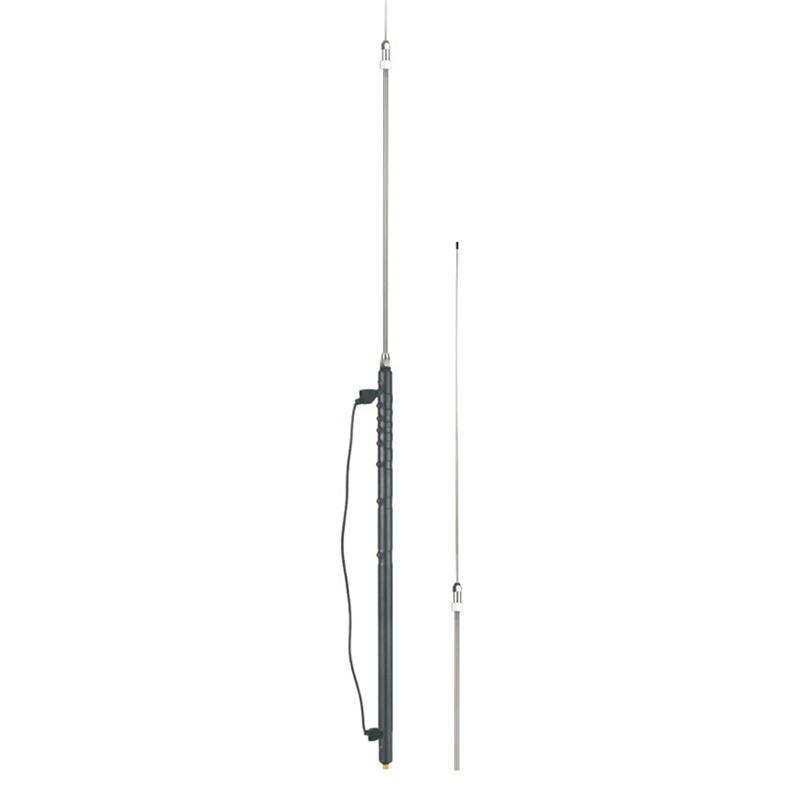
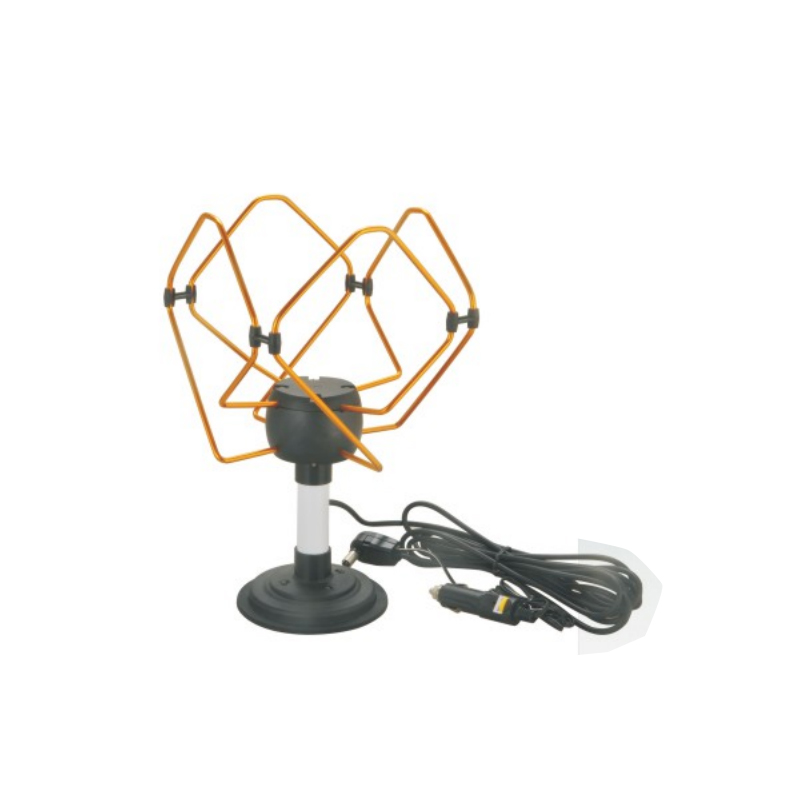
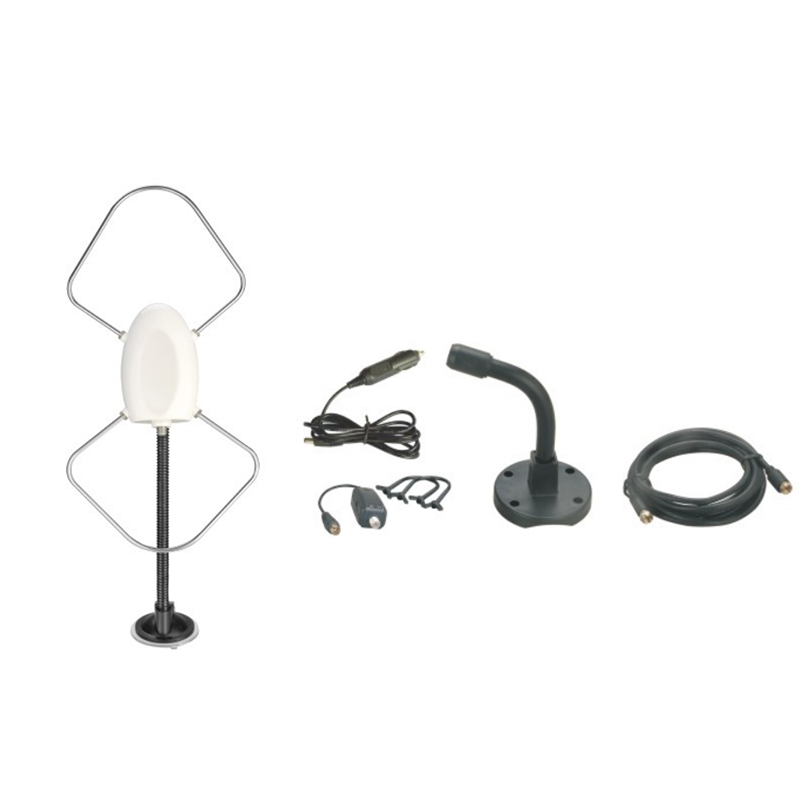
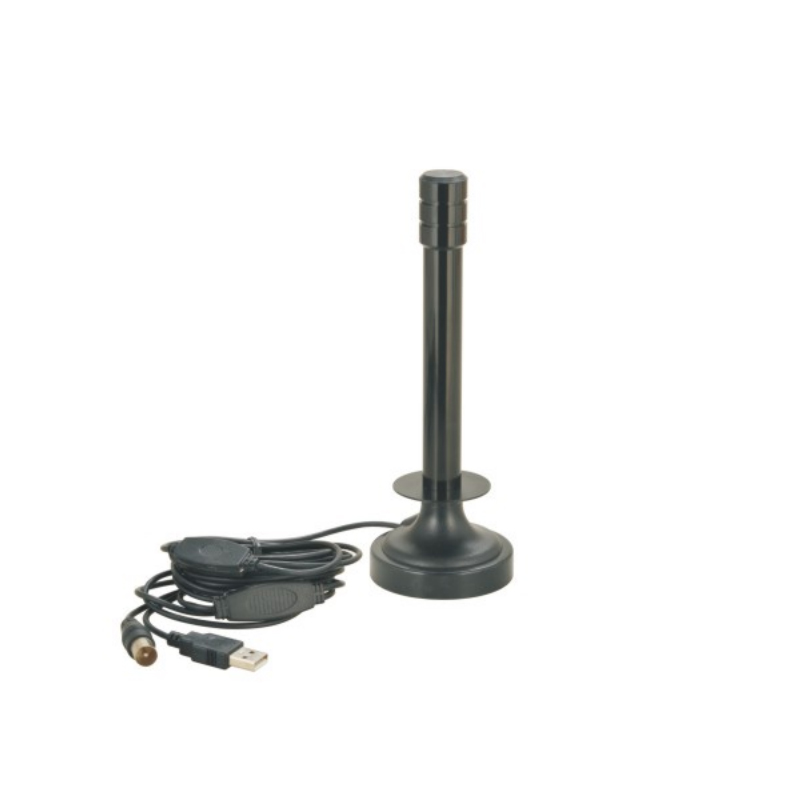
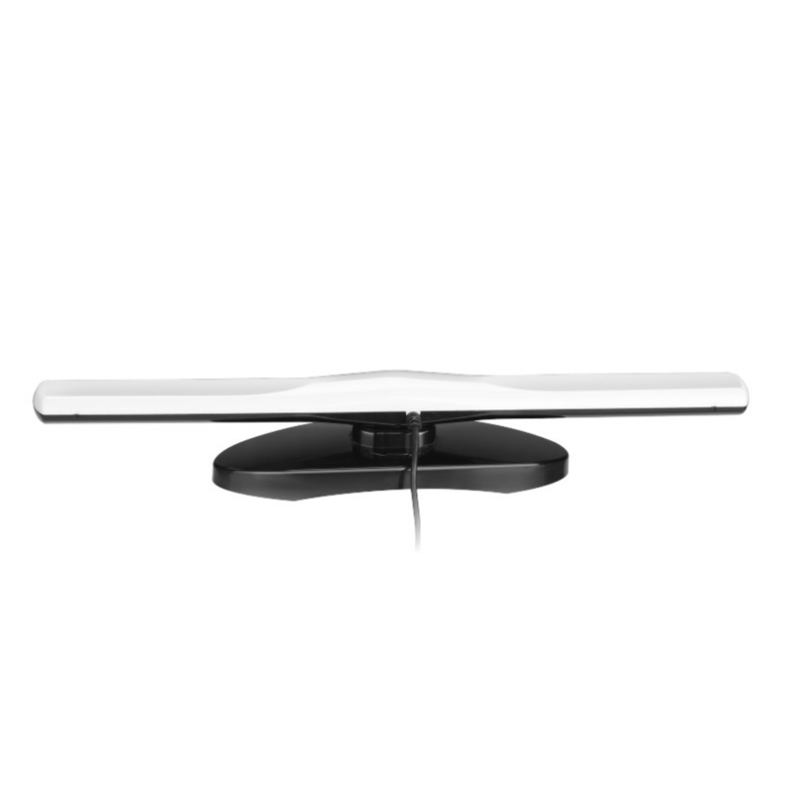
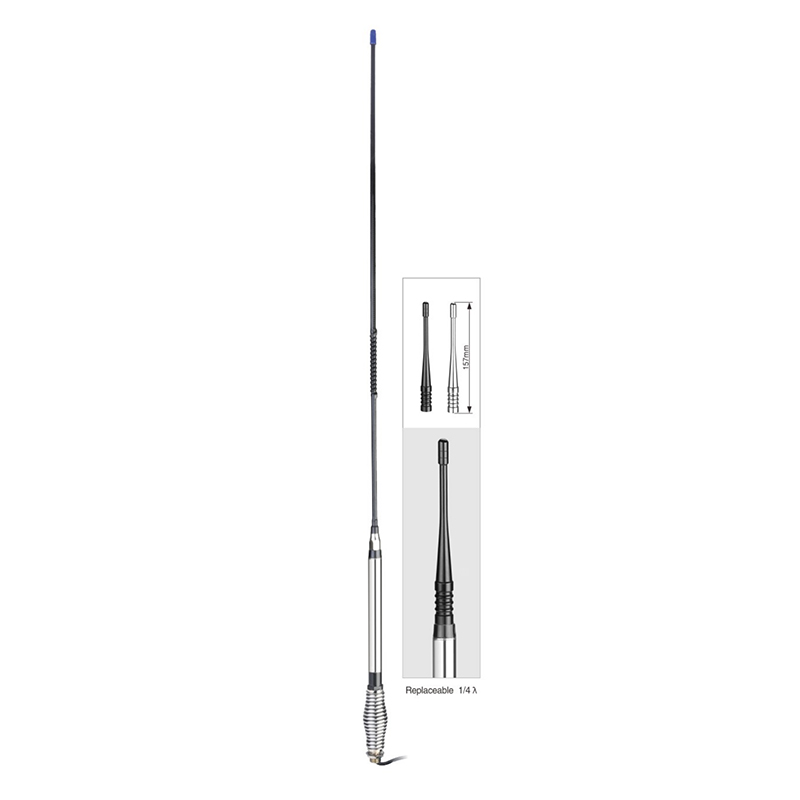

Contact Us